
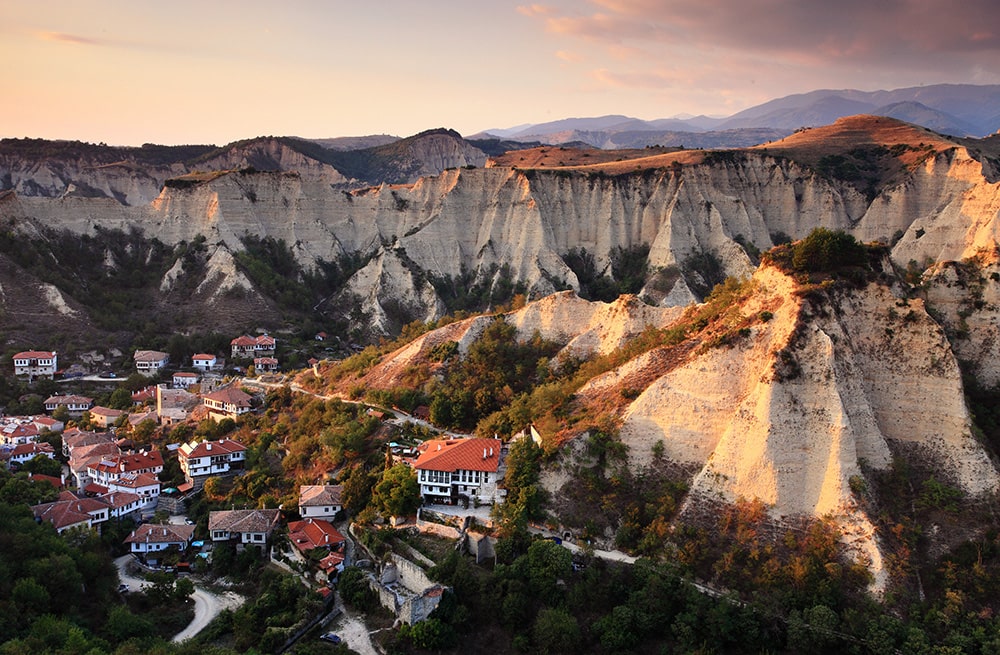
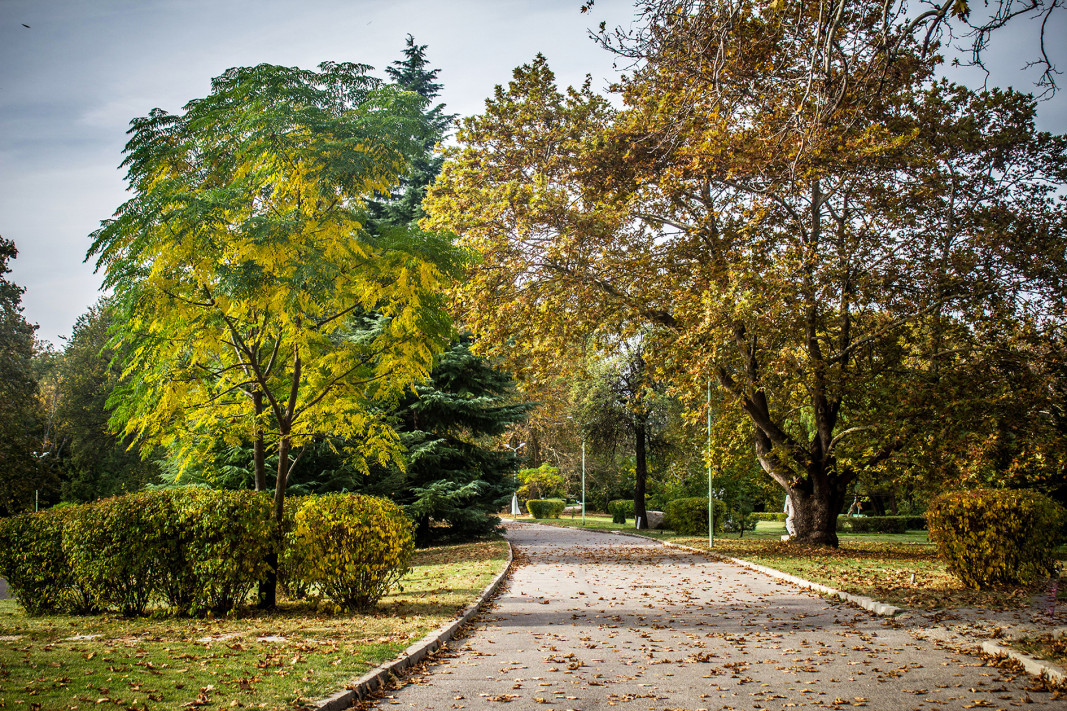
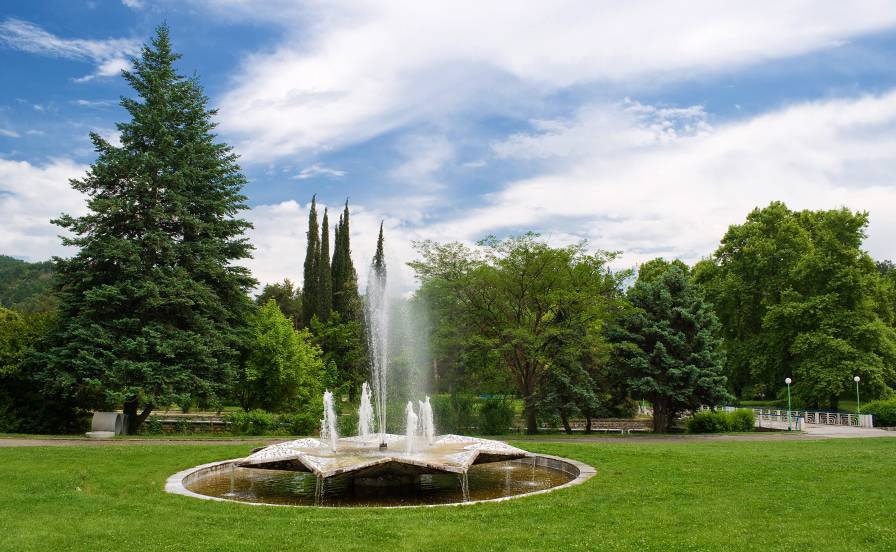
Have you walked around the unique park "St. "Doctor" in Sandanski? Did you know that it is a few minutes' walk from the Velik guest house?
Starting from the main street of Sandanski and wherever you turn along its numerous alleys, you will enjoy greenery, cosiness and tranquility. About 200 plant species grow on the territory of the park, including century-old plane trees, declared natural attractions.
Over the Sandanska Bistrica river passing through the park, two swinging wooden bridges are suspended, which are illuminated at night. Here you can also find wooden gazebos, children's corners, numerous small water pools. The lake located in the park among the many trees and green meadows is a delight for the eyes, immersing us as if in a fairy tale with beautiful swans, ducks and a special activity - water bikes, and peacocks and other exotic birds walk freely around the green areas. It's easy to forget you're in a city park and indulge yourself in relaxing in nature, amidst silence and crystal clear air.
See exact location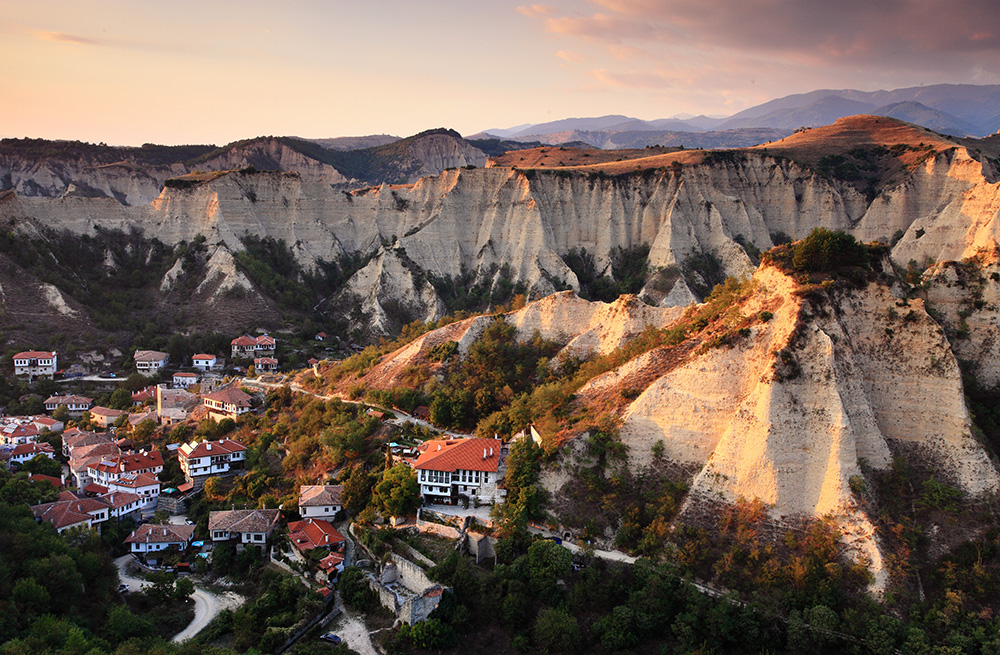
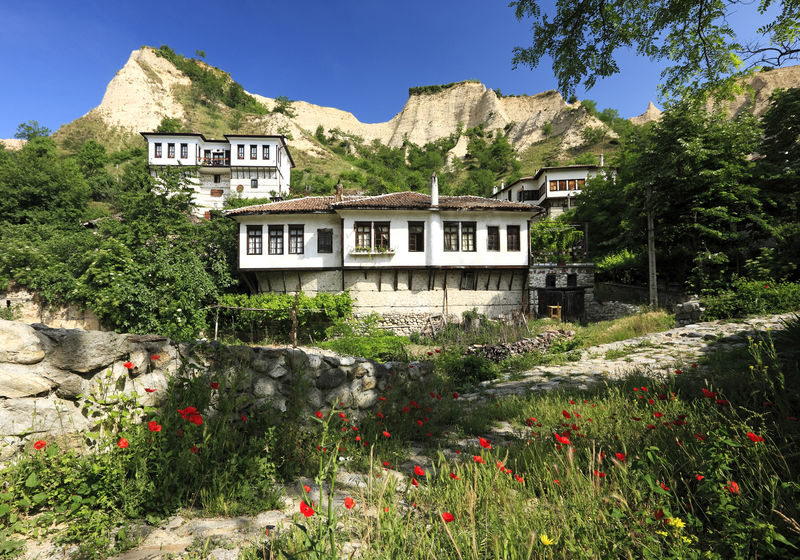
The smallest town in Bulgaria, Melnik, is hidden in the southern slopes of Pirin, among sand pyramids with bizarre shapes. The findings from antiquity found during the archaeological excavations testify to its centuries-old history. From the once famous city with a population of 7-8 thousand inhabitants, with about 1300 residential buildings, today Melnik is the smallest city in Bulgaria with about 208 inhabitants.
In the 18th century, during the era of the Bulgarian revival, the city flourished. Melnik becomes a prosperous city, significant in size and population, with a large market. Local merchants sold their goods in Budapest, Vienna, Genoa, Venice. Melnik became famous throughout Europe for its fine wine, which is still famous today.
In the city there are many small shops for souvenirs, different types of wines, creams and perfumes from Bulgarian roses, as well as other authentic local items. Tourism is very well developed in the city and there are many places where you can eat delicious local food and taste some of the best Bulgarian wines.
See exact location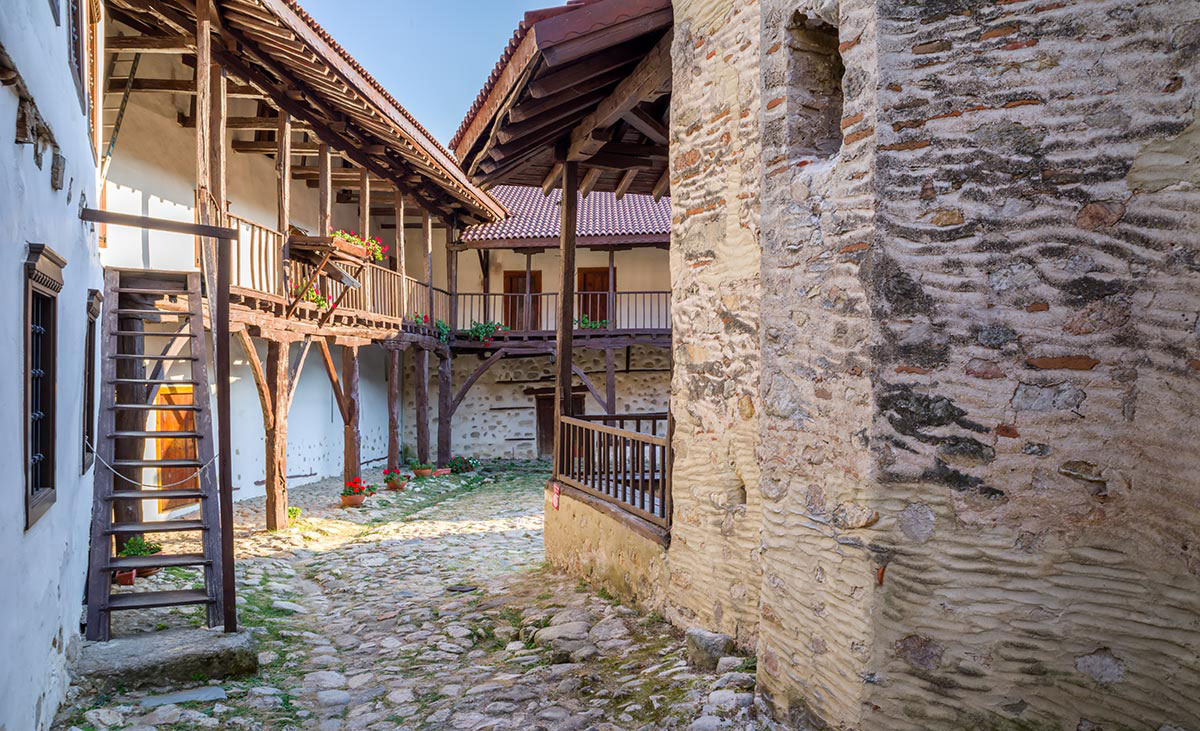
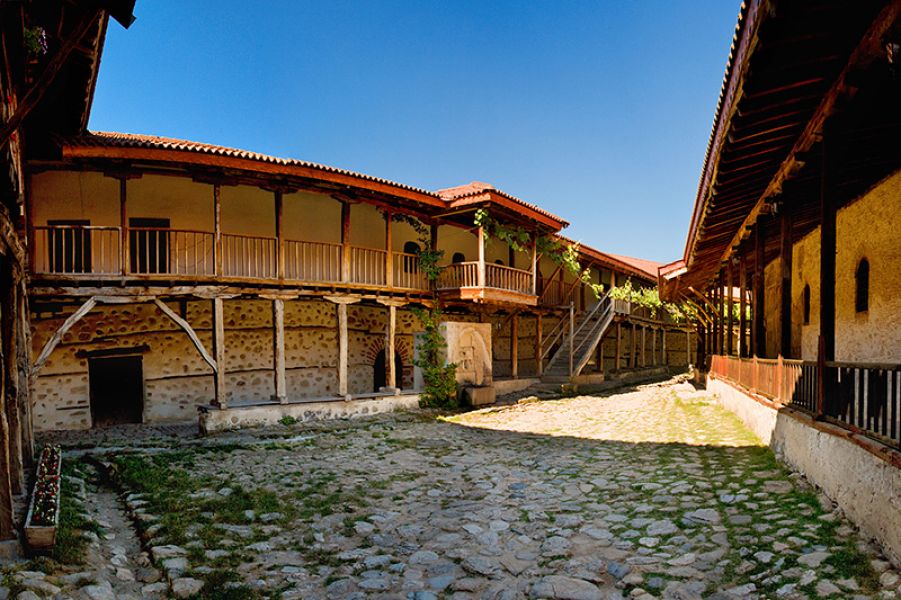
The medieval Rozhen Monastery, located just one kilometer from the village of Rozhen in the southwestern part of Pirin, is one of the beautiful places in Sandanski municipality that are worth visiting. It is the largest monastery in Pirin Macedonia.
Not much is known about the establishment of the Rozhen Monastery. For the first time it is mentioned in a file of a Greek manuscript dating from the 13th century, and for the second time it appears as a name in a manuscript of Abbot Cosmas from 1551. The monastery complex has an irregular hexagonal shape and consists of residential and economic parts, main church and ossuary. The residential parts form a kind of improvised defense of the main church, which is located in the center of the monastery complex.
The church itself is an exceptional architectural jewel, but what arouses the curiosity of visitors is its interior design and, in particular, the frescoes with which it is painted.
The dining room is built into one of the wings of the monastery living quarters, but that is not the most interesting thing, but the fact that during the restoration work, specialists discovered that the room was built on thick medieval walls. The monastery dining room is a rectangular room with an apse, which is painted with mural compositions of the "Last Supper".
See exact location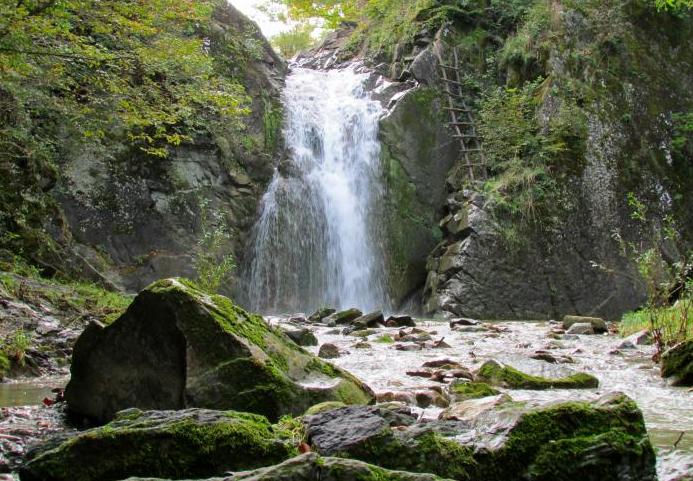
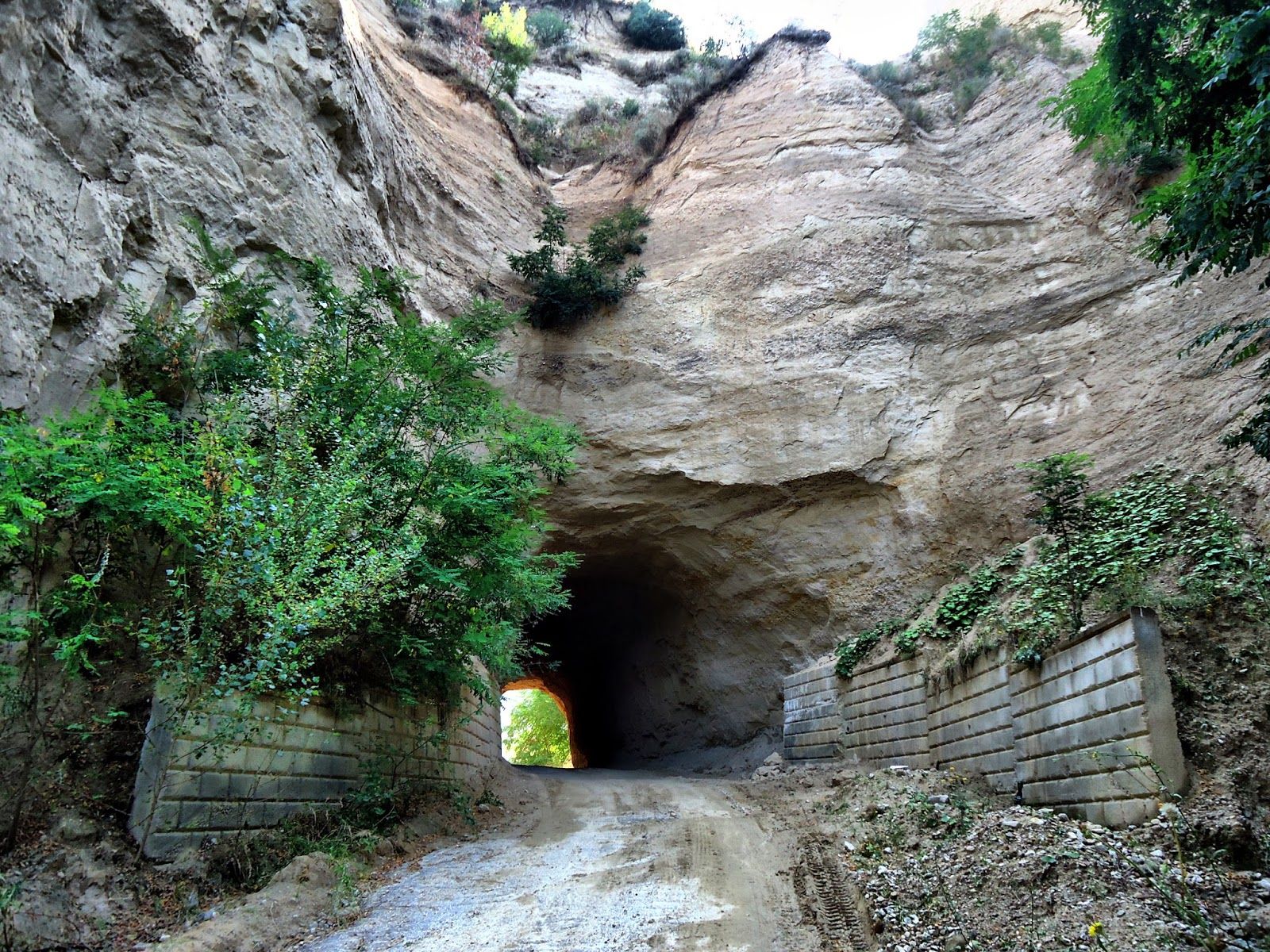
Lyubovishte is a small mountain village in southwestern Bulgaria that offers a great travel opportunity for those of you who like to explore the less known corners. The village is part of Sandanski municipality and until 1966 it was called Lyubovishta. A curious fact about the village of Lyubovishte is that its inhabitants are only 20 people.
In the village itself, a calm and ancient atmosphere prevails, which is achieved by the old mud houses of the inhabitants. The main livelihood of the local population is the breeding of sheep and goats.
Perhaps the most interesting fact about the village is that the only road leading to it is through a 40-meter sand tunnel in loosely jointed sandstone, which has become a symbol of the village. And this is not just an ordinary tunnel, but a tunnel passing through a sand pyramid, which was hand-made by the villagers in 1961.
If you continue on the same road after the village of Lyubovishte, the village of Kashina is also located. To reach it, you will only have to follow the signs. From the picturesque village of Pirin to the beautiful view of the Skoka waterfall, you can walk no more than 40 minutes.
It is better known as Kashin Waterfall. Its raging waters are tamed only briefly as they cascade down the mountainside. Very soon, however, in the meadow under Raven Rock, they intensify and suddenly jump and direct their flight straight down into a twenty-meter abyss
For this reason, you will be able to admire not only its sight, but also the song of the splashing waters. The strong roar that spreads when the jets meet the rocks, echoes far in the mountains.
The place also offers a wonderful opportunity to relax under the centuries-old trees, have a picnic or admire the wonderful and untouched nature.
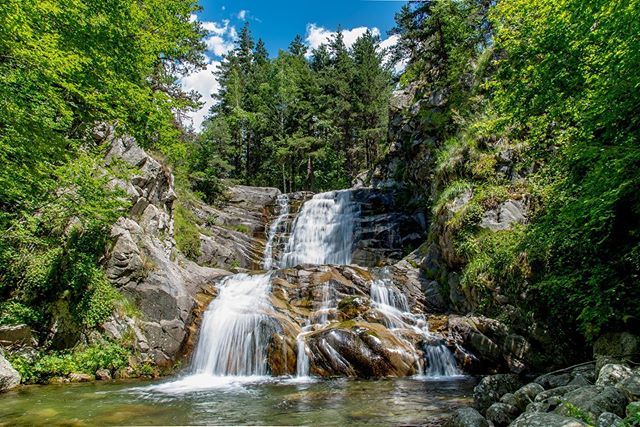
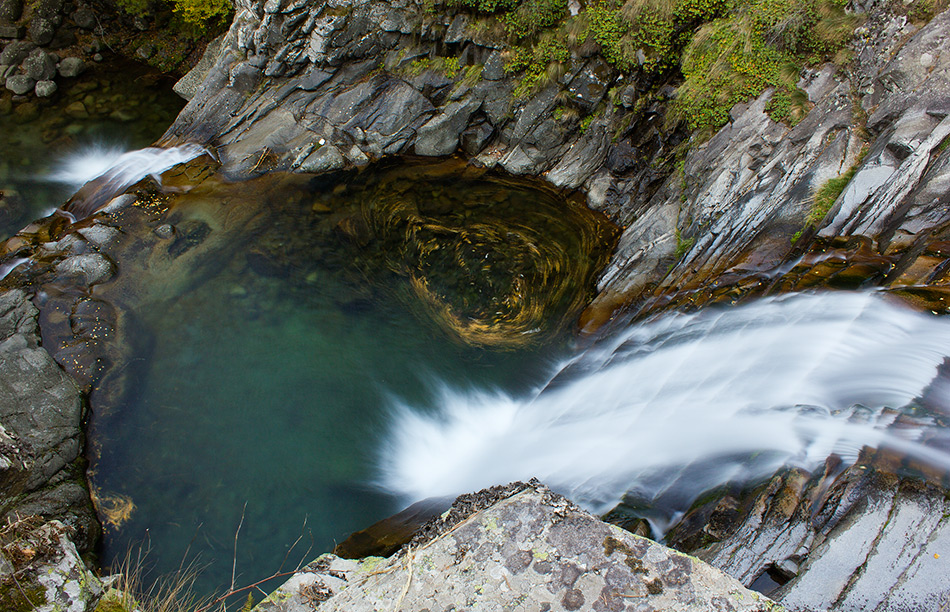
Popina Laka is a picturesque area, hidden in the heart of Pirin, only fifteen kilometers from Sandanski. Located at an altitude of 1230 meters, surrounded by vast green meadows, interrupted by the crystal waters of the streams, the freshness of the air, the peace of nature - all of them make this corner one of the most charming places in all of Bulgaria.
Popina laka has the privilege of being located in magnificent centuries-old coniferous forests, among which some broad-leaved species creep in here and there.
And in the middle of this majestic picture, he occupies his place of honor - the Popinolash waterfall.
It plays out the waters of the Bashliitsa river for the last time, a hundred meters before it merges with the Sarchaliitsa river to give life to the Sandanska Bistritsa river.
The Popinolashka waterfall offers many incredible views. It is full of water all year round. You can admire the smooth passage of its crystal water from terrace to terrace whenever you feel like it. It is a favorite destination of people in summer. Then its surroundings become a beach, and its watery embrace – the most desired place for coolness. The height from which the water descends is twelve-thirteen meters. The two water falls also form small water boilers.
See exact location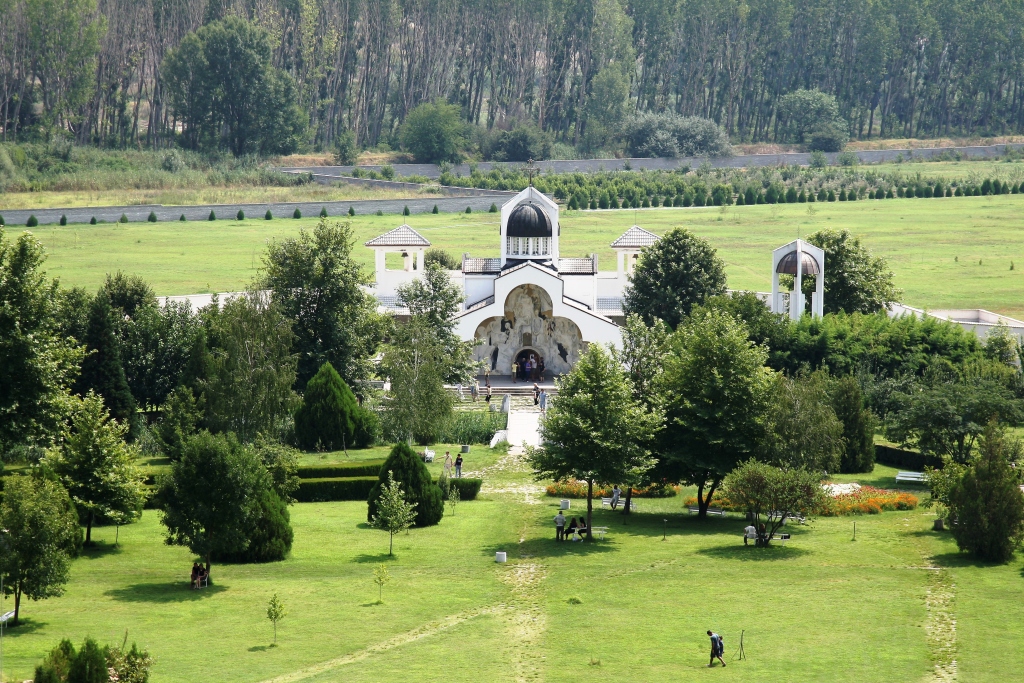
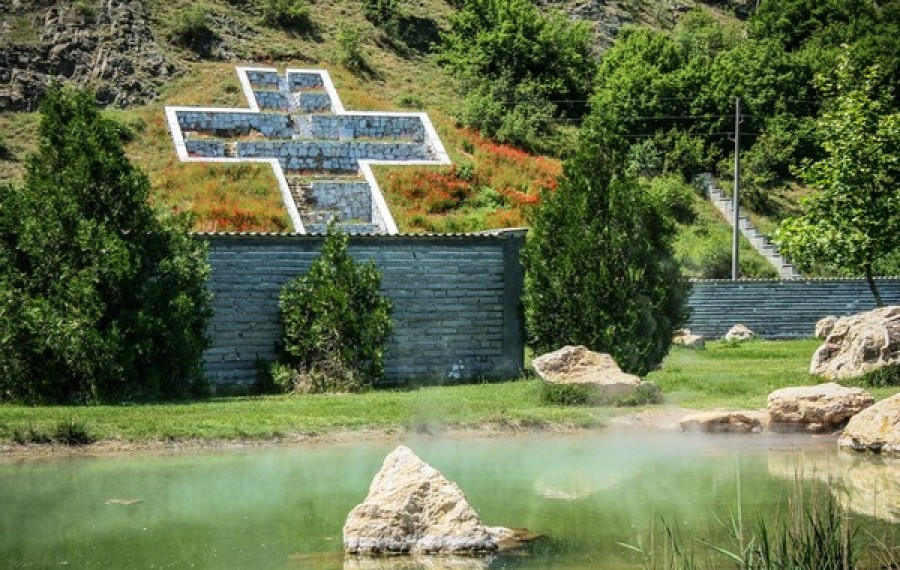
In the land of the village of Rupite is the famous area of Rupite, where the clairvoyant Vanga lived in the last years of her life. The church "St. Petka Bulgarska" near the house where she lived. Vanga's dying wish was to be buried in the yard of her cottage, so that people could draw strength from her grave, and even though she is no longer among us, she could still help. But the "Vanga" foundation decided not to respect this wish of hers and she was buried next to the church "St. Petka Bulgarska". The Rupite area is located at the foot of the Kozhuh hill. Hundreds of years ago, Kozhuh was a volcano. The wonder lands are the result of the eruption of this volcano. It is known for rare tree and animal species, some of which are included in the Red Book of Bulgaria. There are healing mineral springs and pools here. There is also an ornithological station dealing with the movement of migratory birds. About this piece of land, the famous Bulgarian prophetess Baba Vanga said that it was imbued with special energy.
The area of Rupite, together with the temple-monument "Saint Petka of Bulgaria", is part of the Hundred National Tourist Sites of the Bulgarian Tourist Union.
See exact location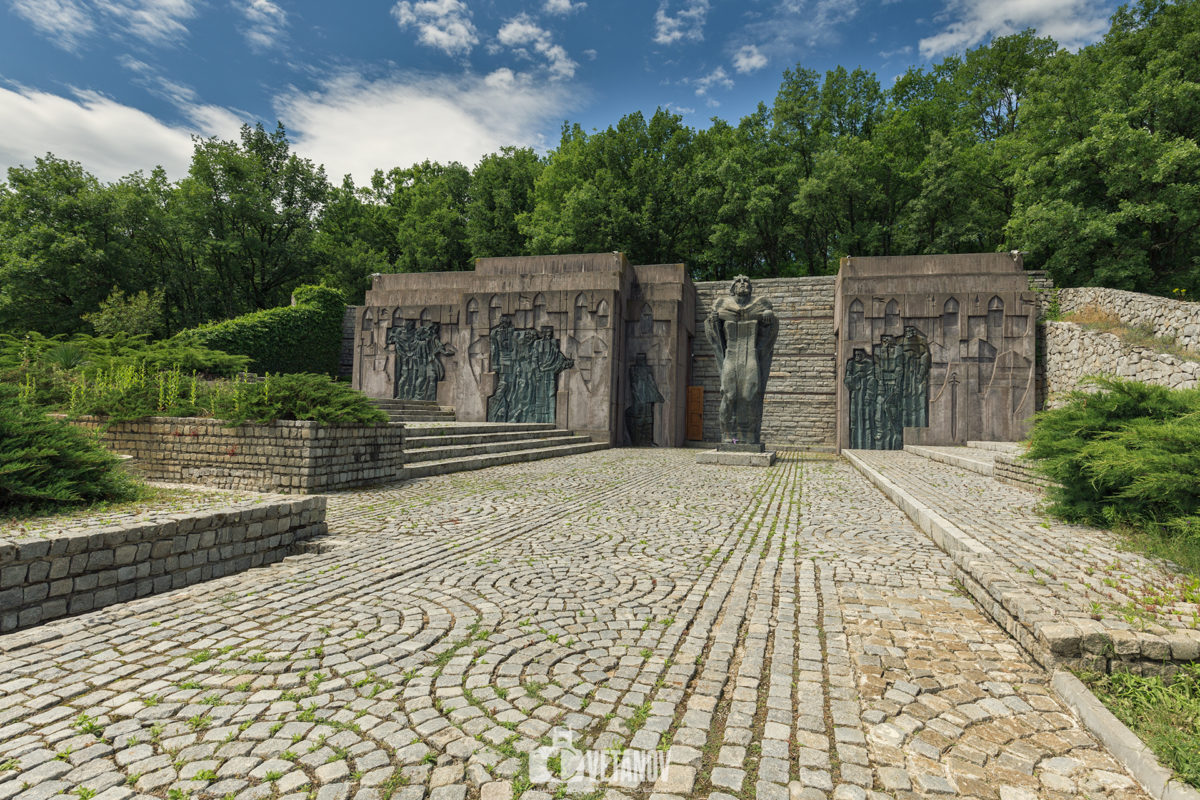
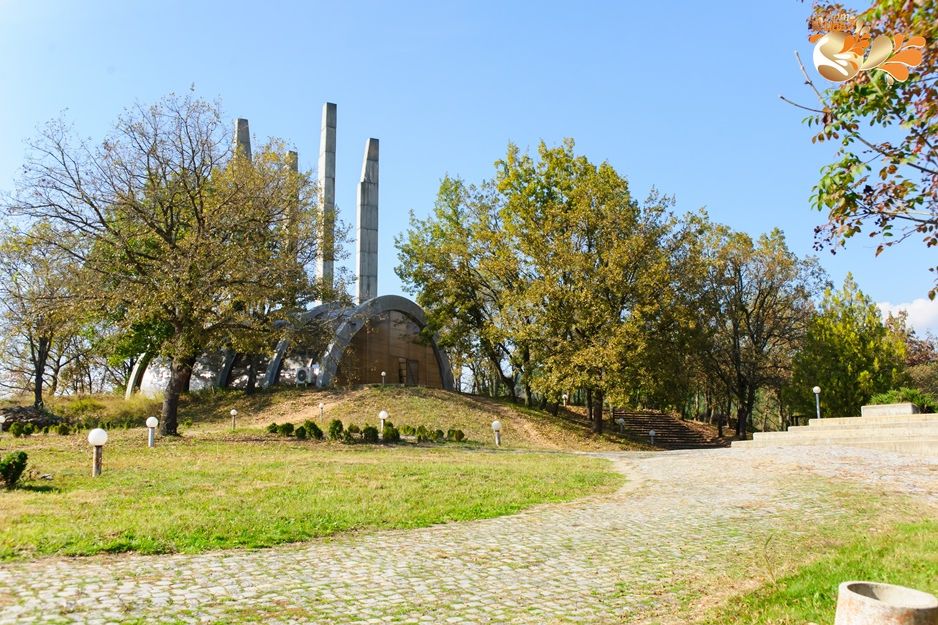
Samuil's fortress is part of the 100 national tourist sites in Bulgaria. It can be said that it is among the most remote and secluded sights in Bulgaria. Samuil's fortress is located deep in the southwestern part of Bulgaria, almost to the border with Macedonia. It is surrounded on several sides by Belasitsa and Ograzhden mountains. It offers an ideal view of the valley, which is logical given that it is a medieval fortress. The fortress was built about 1000 years ago, during the time of the First Bulgarian Kingdom, under the rule of Tsar Samuil. It is believed that the fortress played an important role in the great battle between Bulgaria and Byzantium, near the village of Klyuch. The battle, also known as the Battle of Belasiška, was a heavy defeat for Bulgaria. After her, the Byzantine Emperor Basil II captured and blinded 14,000 of King Samuel's soldiers, leaving 1 one-eyed leader for every 100. Because of this act, the emperor became known in history as the "Bulgarian killer". The battle is considered the beginning of the end of the First Bulgarian Kingdom.
A millennium ago, Samuil's fortress was only one link in a large defense system. Nowadays, not much remains of the medieval fortifications, but archaeologists have managed to restore part of the fortress to its supposed location. In 1982, Samuil's fortress became part of the National Parks-Museums of Bulgaria. The Samuel monument and the observation tower were built in a typical communist style that can be seen in buildings and monuments around the country built in the late 1970s and early 1980s.
Samuil's fortress is a small but spacious park with nice paved paths and benches. There are wooden canopies over the beautiful benches and the paths will take you to all the interesting parts of the fort. Right next to the entrance is the picturesque river Strumeshnica, which is beautiful in all seasons, over which an iron bridge has been built. Shortly after passing it, you will also see the monument to King Samuel. By following the paved paths you will also reach the observation tower. You will recognize it from the four concrete pylons that can be seen from afar. Next to it is a small building that is open to visitors. Inside you can see part of the excavations of Samuil's fortress. From the observatory you will see a 360 degree view of the surrounding mountains and plain, and in the distance you will see Macedonia. Samuil's fortress is among the main tourist sites in this part of Bulgaria.
See exact location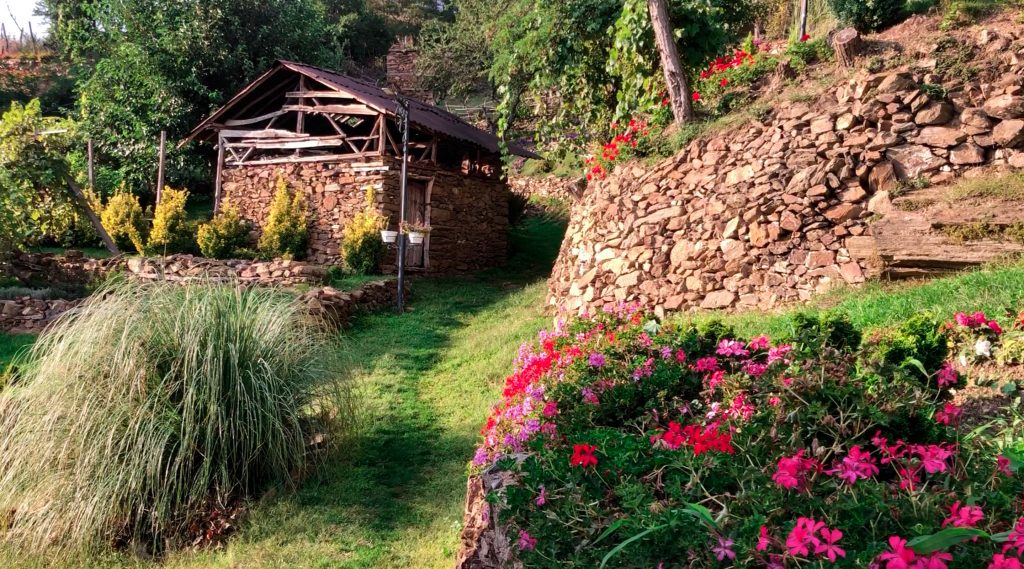
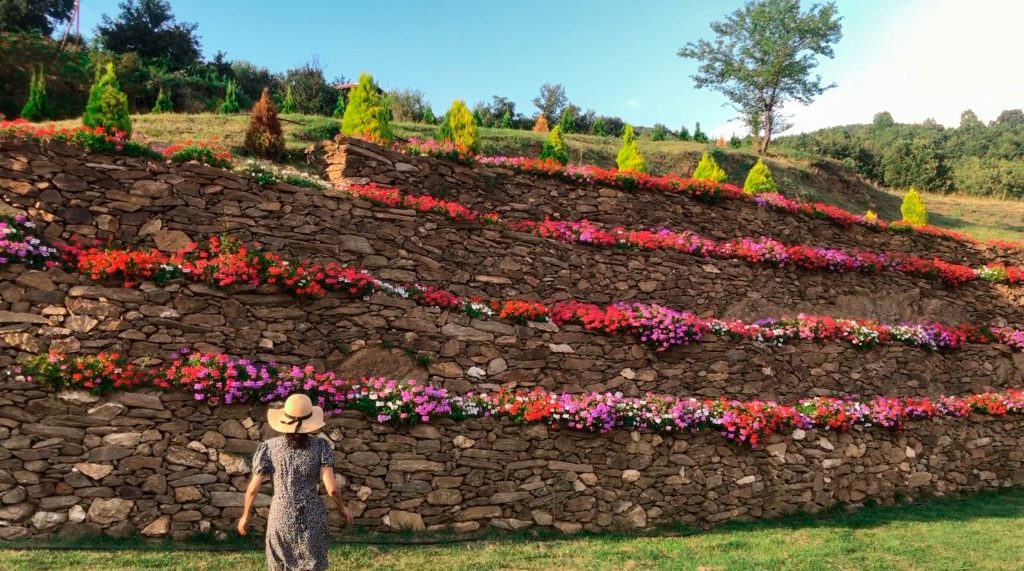
The village of Dolene is a cultural and educational tourist destination, which with its nature, history, small remaining population and human imagination, taken together, envelops you in an unknown and unforgettable experience.
You can find it 20 km away. from the town of Petrich, in the direction of North Macedonia - the southern slopes of Mount Ograzhden. Note that when turning off the main road to the village, you cross a 2 km dirt road that is maintained passable for all types of vehicles.
The history of the village of Dolene dates back to the 10th century, when the village was located about 3 km away. South of its current location in the Krushkite area. A significant fact about the first village of Dolene is that the people were mainly engaged in the construction and maintenance of the Samuilova fortress point and important trade routes passed through them. From there, the commercial orientation of the local population and their descendants later arose. In the village there was also a large Christian temple called "Holy Trinity".
1570 is considered the year of foundation of the village. This is the year from which the first Ottoman registers describing a population of 3,400 people were discovered.
Today, the village has 9 inhabitants.
But people's hope returned when the new revival of the village took place in 2018. When a benefactor of the village, he begins to restore and ennoble it with his own funds, putting it on the map again.
Its purpose is to present the history of the village and the region, as well as the life of the generations before us, in an interesting and innovative way, precisely through the active landscaping and arrangement with thousands of floral species.
See exact location